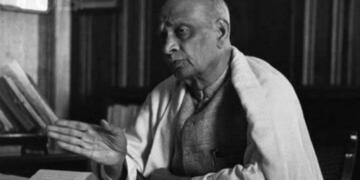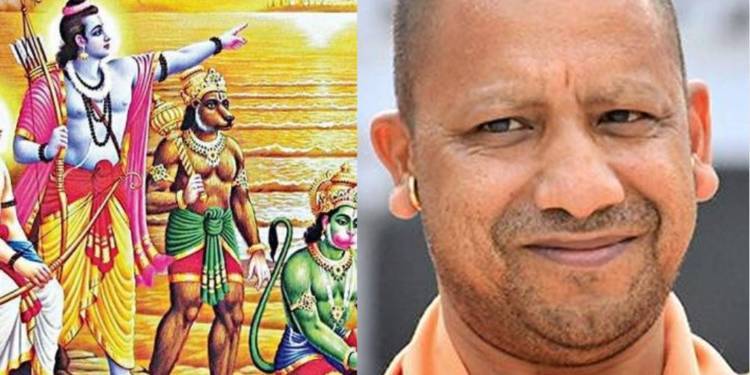The Yogi Adityanath government is all set to create ‘Group of Ramayan’ nations for the projection of India’s soft power. UP government has set up a data collection team for the ambitious Encyclopedia of Ramayan project, which has already begun video conference sessions with experts across the country.
Under the Encyclopedia of Ramayan project, the government will record every detail about Bhagwan Ram from sources spread around the world. The idols, temples, literature, paintings, and even ideologies related to Bhagwan Ram would be recorded in the encyclopedia.
As per the record by UP government, the United States has more than 1,200 Ram temples and many countries in Southeast Asia have ancient Hindu temples related to Bhagwan Ram and Ramayan.
YP Singh, director of Ayodhya Shodh Sansthan, said that sessions may also have participants from Pakistan. The government has already roped in experts from the US, UK, Russia, Indonesia, Poland, and Malaysia, who would give the data about idols and temples of Bhagwan Ram in their respective countries.
The countries around the world use their cultural, linguistic, and economic commonalities to project soft power and increase cooperation. Countries like France, Spain, and Portugal enjoy significant soft power by projecting linguistic and cultural similarities to many countries around the world.
But, India never used its cultural linkages with countries around the world to project its soft power. However, this changed since the Modi government came to power, and in the last six years, the country has taken up many projects to revive ancient temples in Southeast Asia.
Recently, the Archaeological Survey of India unearthed an 1100-year-old (approximately) sandstone Shiv Lingam in Vietnam. The discovery of the monolithic Shiva Lingam has come in the backdrop of India undertaking tremendous conservation and restoration works in the Cham Temple complex in Mỹ Sơn city — were partially ruined Hindu temples are found in abundance.
ASI has, in the past, helped restore the Ananda Temple in Bagan, which is a Buddhist temple in Myanmar. In Vietnam, the ASI had started its restoration work to conserve the Cham monument of ‘My Son’, a group of temples, which happens to be another World Heritage site. Constructed between the 4th and 14th centuries AD, the architecture of the temples is influenced by Southern Indian temple architecture.
ASI is currently working on restoration and conservation of the Ta Prohm temple, commonly known as the Tree Temple. It is a significant 12th-century monastic Buddhist temple complex located in the Angkor World Heritage Site. The temple had featured in the movie Lara Croft: Tomb Raider and since then shot to its popularity. As of now, it is the second most popular tourist site in Cambodia after the Angkor Wat Temple.
Hinduism and Buddhism- two of the world’s largest religions with the third and fourth-largest numbers of followers in the world- originate from India. The whole of South Asia, Central Asia, East Asia, and Southeast Asia, has been greatly influenced by Hinduism and Buddhism. But, so far, the Indian government has not capitalized on these vast cultural ties to project the country’s soft power, not until the Modi government came to power.
India’s efforts in cultural diplomacy have increased in the last few years, especially with Southeast Asian nations. PM Modi has repeatedly emphasized the cultural ties of India and Southeast Asia. Yogi government is also taking a step in the direction through the creation of ‘Group of Ramayan’ nations. As such, further co-operation in the revival of cultural monuments has picked up speed under the Modi government and the trend is likely to continue.





























